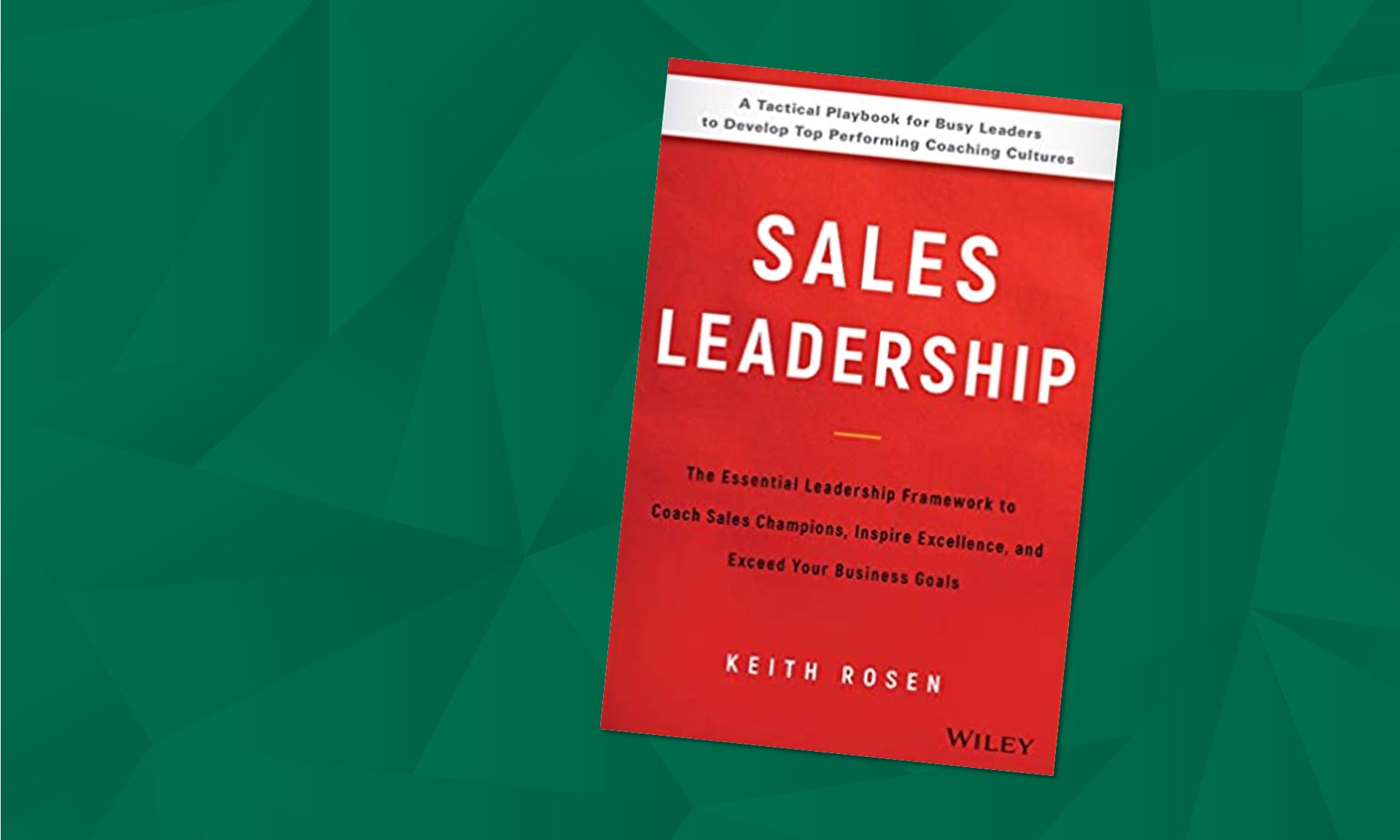Imagine a sales rep as a pilot in training. They’ve got the gear and the flight plan, but no amount of equipment or preparation can replace the calm, confident voice of the flight instructor in their headset.
That voice is similar to the voice of the sales coach—the steady presence that shapes sellers and helps them navigate turbulence and land big wins.
Sales coaching is like jet fuel. It powers improved business outcomes and more efficient execution. But productive, high-performing reps don’t appear out of thin air. They’re deliberately and consistently built through weeks and months of ongoing, personalized coaching conversations.
Keep reading to learn how to architect smart coaching programs that keep reps aloft.
How Coaching Drives Productivity: Powering Efficiency and Effectiveness
A common misconception is that sales productivity is about doing more. While that may be true, there’s quite a bit more nuance than that.
“Sales productivity has two components,” said Annelie Girard, senior sales enablement manager at PlayPlay. “The first is sales efficiency, which is about optimizing reps’ use of time. The second component of productivity is sales effectiveness—a rep’s ability to drive revenue.”
Coaching plays a vital role in both areas:
- On the efficiency side, coaching helps sellers prioritize their pipelines, streamline workflows, and use tools effectively—the day-to-day tasks that take away from higher-priority activities.
- On the effectiveness side, coaching sharpens messaging, builds the objection-handling muscle, and teaches sellers how to close with confidence—key skills that lead to successful conversations and won revenue.
But for coaching conversations to help reps execute more productively, they need to take a 360-degree view of a rep’s workflow.
Rather than focusing exclusively on individual deals, managers should occasionally step back to understand their reps’ day-to-day: the tools they use, the processes they follow, and the tactics they take.
That information paints a fuller picture of rep performance. From there, managers can focus on helping reps overcome obstacles, use their tools to their fullest, automate their efforts, and restore lost selling time.
A strong coaching program helps reps build the processes and workflows that will enable them to spend their time where it matters most. It should take a holistic approach that meets reps where they are—and helps them evolve further.
But well before that, a strong coaching program begins with a healthy coaching culture.
Building a Culture of Success Through Coaching
Before managers can strive to drive efficiency, effectiveness, and thereby productivity, they first need to create an environment in which coaching is seen as a given—as just another lever to pull when creating a winning sales culture.
“The recipe to create a winning sales culture has five key ingredients: a defined vision; skills and motivation; accountability and continuous feedback; team building and trust; and celebrating successes and learning from failures,” said Debbi Varela, vice president of sales enablement at Baker Communications, Inc.
A healthy coaching strategy should weave in each of these ingredients. To do so, consider:
- Vision: What should a formalized coaching program accomplish?
- Skills: What behaviors should it hone? How should it motivate reps to take the right actions?
- Accountability: How should it reinforce the value of coaching to boost adoption?
- Trust: How should it ensure that reps believe in and utilize the feedback they receive?
- Results: How should it showcase successes and glean insights from lessons learned?
These five pillars are the foundation for any coaching culture. Without a vision, a coaching program lacks enduring purpose; without trust, it fails to gain traction with sales reps and managers. To account for gaps such as these before they appear:
Design Coaching-First Workflows
Nearly everyone agrees that coaching matters. But not everyone takes the action—or has the skills or capacity—to bring those essential programs to life.
“I think coaching is absolutely critical,” said Varela. “It’s interesting: Most people would agree with that statement, but when you dig into it with sellers or managers, they have a different response. Sellers don’t feel like they’re getting enough coaching, and managers don’t necessarily feel like they have enough time or skills to coach.”
That gap, more often than not, occurs because coaching isn’t embedded into sellers’ and managers’ workflows. It’s not a day-to-day habit. There’s no accountability and, therefore, no trust. For coaching to be executed and utilized consistently, it needs to be present and accessible.
“Effective coaching has to be integrated as a part of everyday life,” said Regan Barker, head of sales and sales enablement at Grant Thornton Australia. “It has to meet them where they are, both in how they operate, but also in terms of their own capability as well.”
This kind of embedded coaching meets reps and managers in the flow of work—rather than reactive deal reviews, one-on-one conversations become proactive moments to learn, reflect, and grow.
Showcase the Real-World Value of Coaching
Coaching is a tactical advantage. Even still, a key part of developing a coaching culture is indisputably proving that value and explicitly illustrating how coaching moved the needle on the vision it set out to achieve. Prove that, and accountability and trust will follow.
To start, identify the structure of a coaching program, including how it works and what it aims to achieve.
“We frequently run alongside our partners in a framework that I like to call coach-to-close,” said Barker. “We can give partners practical tips to adopt within their sales programs rather than high-level, traditional coaching.”
In this example, coaching embodies key features of a successful coaching culture by:
- Supporting the organization’s vision for improved partner performance
- Targeting the skills that will help partners perform more effectively during key moments
- Keeping partners accountable for executing in alignment with the business
- Building trust by meeting partners where they are.
In terms of results, the team’s effort spoke for itself.
“We’ve actually increased our revenue in that channel by over 93% in comparison to the previous year,” said Barker.
Break down every coaching program into its foundational elements. Know how it’s structured and what it aims to achieve. From there, assess how it moves the needle on those goals. Connecting the dots between coaching efforts and real-world impact will unlock adoption and help cultivate an organization-wide culture that recognizes the value of coaching.
Coaching powers productivity, which in turn fuels improved performance. When reps are navigating deals or day-to-day tasks, put managers in the copilot seat. By doing so, every coaching conversation becomes a strategic lever for driving improved performance.
That, more than any trend or tactic, is how sales teams take off.








